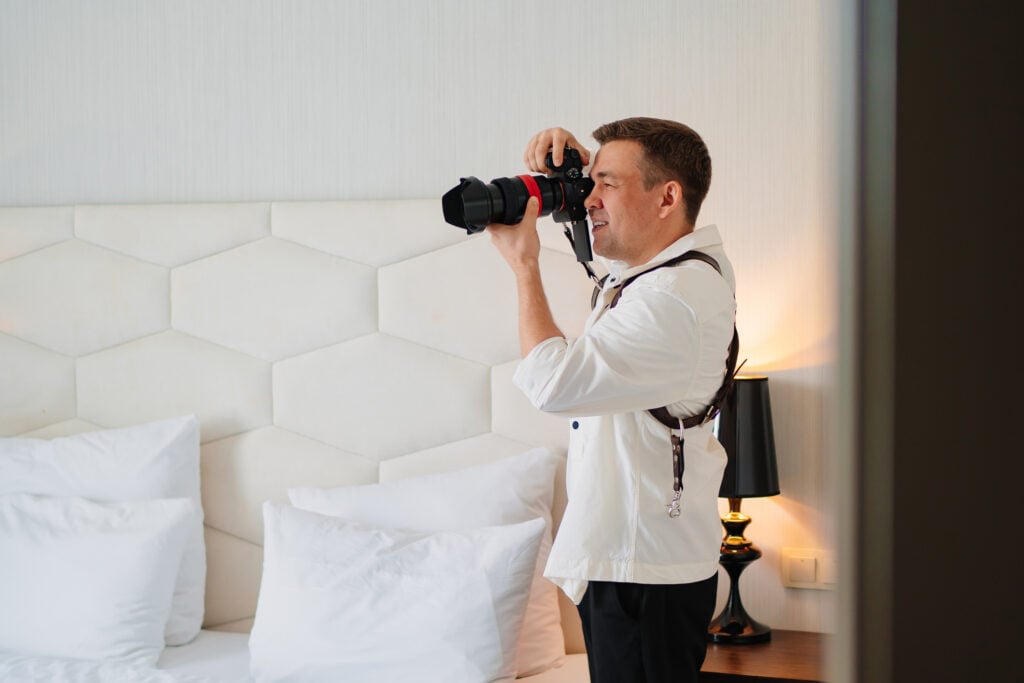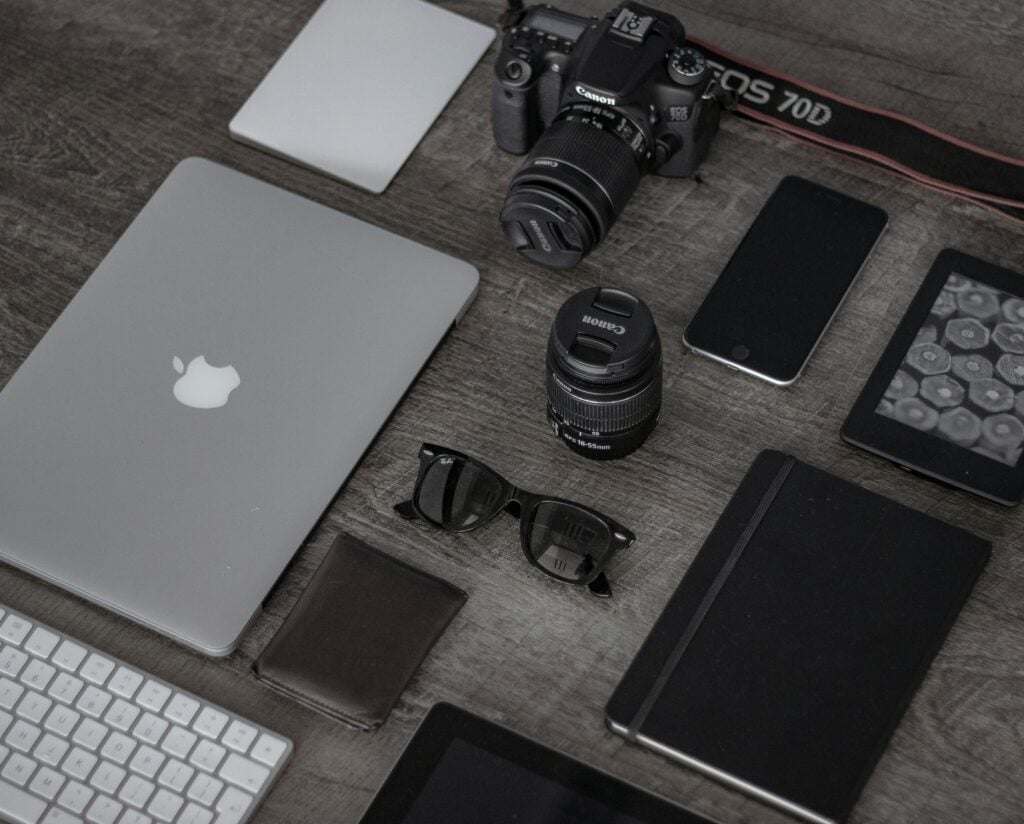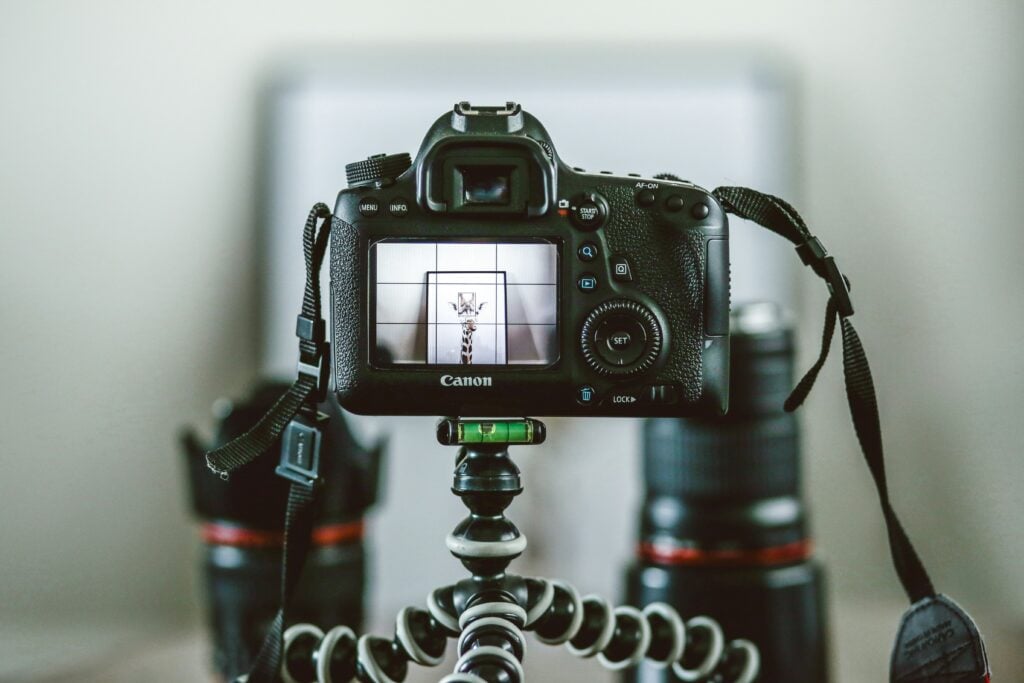The gig economy continues to thrive in 2024, offering numerous opportunities for freelancers and side hustlers alike. Among the array of high-paying jobs available, real estate photography has emerged as an increasingly popular choice for those looking to supplement their income with a flexible, creative pursuit.
This field attracts individuals seeking to blend their passion for photography with the potential for lucrative earnings. As the real estate market evolves, the demand for high-quality visual content to showcase properties has never been higher. This trend has opened doors for photographers to carve out a niche in a dynamic industry.
However, before diving into real estate photography as a side hustle, it’s crucial to consider whether it aligns with your skills, interests, and lifestyle. Is it the right fit for you? Let’s explore the potential benefits, challenges, and requirements of this exciting gig economy opportunity.
What Makes Real Estate Photography a Popular Side Hustle?
In today’s housing market, the demand for quality online listings is at an all-time high, making professional real estate photography crucial for selling properties. And the statistics back it up:
- Properties featuring professional photography tend to sell 32% quicker.
- Listings with aerial photos move 68% faster.
- Homes with video content receive 403% more inquiries compared to those without.
Real estate agents don’t just need great photos; they rely on them to make their listings stand out in a crowded market. With so many properties vying for attention online, high-quality images can be the difference between a quick sale and a stagnant listing. This demand creates a steady stream of opportunities for photographers, making real estate photography an appealing side hustle.
For those looking to supplement their income or transition into a new career, real estate photography also offers the perfect blend of flexibility and creativity. The ability to set your own schedule allows you to balance this side gig with other commitments, while the variety of properties you’ll photograph keeps the work interesting.
Moreover, the field also allows for gradual growth, as photographers can start with basic equipment and expand their services to include virtual tours, drone photography, or video production as they gain experience and invest in more advanced gear. This scalability, combined with the potential for networking within the real estate industry, makes it an attractive option for those seeking a rewarding side hustle.
Essential Skills and Equipment for Success
You can have all the passion in the world, but if you’re not equipped with the right tools, it’s going to be a challenge to get those professional results that make clients say, “Wow.” It’s more than snapping a few photos; it’s about showcasing properties in a way that attracts buyers. And to do that, you need the right gear.
First up, your camera. A professional DSLR camera is a must. You need something that can capture every detail, from the texture of a countertop to the light streaming through a window. And speaking of light, let’s talk about lenses. For real estate photography, a wide-angle lens is a must-have in your kit. It helps you capture the full scope of a room, making spaces look as inviting and spacious as they really are. Overall, having a range of lenses will give you the most flexibility.
A tripod might not seem like the most glamorous piece of equipment, but it’s essential. It gives you that steady shot every time, ensuring consistency across your work.
And if you’re thinking about going the extra mile (which you should), consider a drone. Aerial views can set your work apart, offering a perspective that’s both dramatic and highly sought after.
Having the right tools not only boosts the quality of your images but also builds your reputation as a photographer who can deliver top-notch results. Clients will notice, and that’s what will keep them coming back for more.
Balancing Real Estate Photography with Your Full-Time Job
Balancing real estate photography with a full-time job requires careful time management and clear communication. Most real estate photo shoots can be scheduled during evenings or weekends, making it possible to pursue this side hustle without interfering with your primary work hours. However, it’s crucial to set realistic expectations with your clients about your availability and turnaround times.
To maintain this balance, consider limiting the number of shoots you accept each week and invest in efficient editing software to streamline your post-processing workflow. Additionally, be upfront with your full-time employer about your side business to avoid any potential conflicts of interest.
Challenges to Consider Before Starting
Before diving into real estate photography as a side hustle, it’s important to consider the challenges you may face. One of the primary hurdles is the fierce competition in the market. Many established photographers and even some homeowners with decent cameras are vying for the same jobs, which can make it difficult to secure clients, especially when you’re just starting out.
Perhaps the most crucial factor to consider is the need for a strong portfolio. Without a solid collection of high-quality real estate photos to showcase your skills, it can be extremely challenging to convince potential clients to hire you. Building this photography portfolio often requires time and may involve offering free or discounted services initially to gain experience and examples of your work.
Additionally, there’s the matter of investment. While you can start with basic equipment, producing professional-quality photos often requires more specialized gear. This might include adding more lenses to your kit, lighting equipment, and superior editing software, all of which can represent a significant upfront cost. It’s essential to carefully weigh these financial considerations against your expected return on investment, especially in the early stages of your side hustle.
Lastly, your skills need to be up to par. Not everyone has a keen eye for detail, an understanding of composition, and the ability to work with various lighting conditions when it comes to properties.
Is Real Estate Photography the Right Fit for You?
Real estate photography can be a rewarding side hustle for those with a passion for photography and an eye for showcasing spaces. If you’re committed to learning, improving your techniques, and investing in the right tools, the rewards can be well worth the effort. However, it’s important to enter this field with realistic expectations, understanding that building a successful side hustle in real estate photography will take time, persistence, and a willingness to adapt.
Consider your current skills, available time, and financial resources before taking the plunge. Assess whether you can handle the initial challenges of building a portfolio and finding clients while maintaining your full-time job. If you’re ready to put in the work and see the potential in this growing field, real estate photography could be an excellent way to turn your hobby into a profitable side business.
Do More of What You Love with HomeJab
If you’re a skilled photographer looking to boost your income in a dynamic and enjoyable industry, HomeJab offers an excellent opportunity. This platform connects talented photographers with real estate professionals in need of high-quality property images.
By joining HomeJab, you gain the flexibility to set your own schedule, allowing you to balance your existing commitments with new, exciting projects. The platform provides comprehensive support to help you succeed, and ensures prompt payment for your work.
To learn more about becoming a part of this thriving community and exploring real estate photographer job opportunities with HomeJab, visit our website.
















